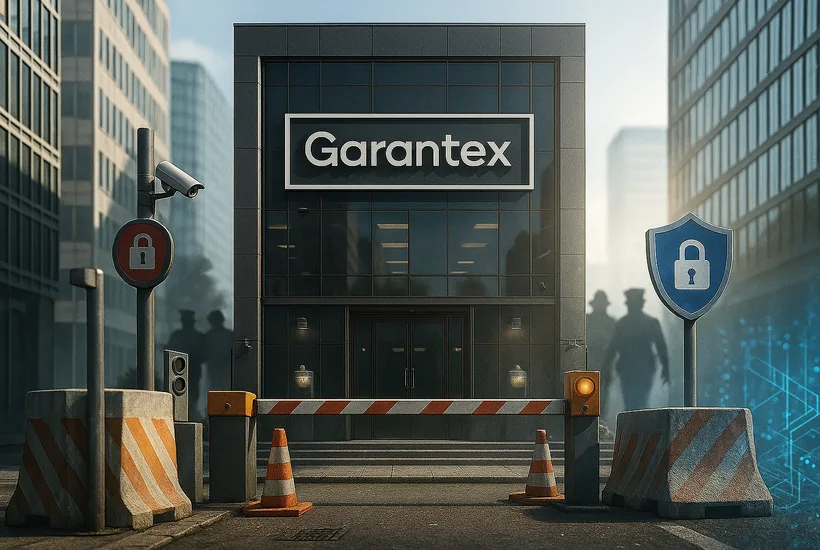- U.S. Treasury sanctions Garantex and its successor Grinex, but blockchain intelligence warns measures may be ineffective
- TRM Labs reveals contingency plans allowed seamless migration of funds and infrastructure
- Fiat-pegged stablecoin A7A5 played a key role in sustaining illicit crypto transactions
The U.S. Treasury’s Office of Foreign Assets Control (OFAC) redesignated cryptocurrency exchange Garantex on Thursday, adding its successor platform, Grinex, to the list of sanctioned entities. While the move targets one of the key conduits used for laundering ransomware and darknet market proceeds, blockchain intelligence firm TRM Labs suggests the sanctions may have limited impact.
TRM Labs reported that Garantex had contingency plans in place, allowing it to migrate clients, infrastructure, and funds to successor platforms even before authorities took action. This planning highlights the sophisticated measures some crypto networks employ to stay ahead of enforcement efforts.
Garantex and Grinex sanctioned amid persistent crypto evasion
Authorities in the U.S., Germany, and Finland disrupted Garantex’s infrastructure in March 2025. Yet TRM Labs analysis shows that Grinex was incorporated in December 2024, months before the seizure, indicating deliberate preparation.
Newsletter
Get weekly updates on the newest crypto stories, case studies and tips right in your mailbox.
Wallet activity further supports this foreknowledge. Funds began moving into the Russian ruble–pegged stablecoin A7A5 as early as January 2025, signaling a planned migration to maintain the flow of illicit funds. Estimates suggest Garantex processed over $100 million in illicit transactions prior to its initial 2022 sanctions, with hundreds of millions more flowing afterward.
Following the March enforcement action, Telegram channels linked to Garantex immediately promoted Grinex, demonstrating a rapid activation of preexisting contingency plans.
A7A5 and meer: Key Tools in Sanctions Evasion
TRM Labs also highlighted another platform, Meer, which listed A7A5 and mirrored Garantex and Grinex’s trading interfaces. Registered in December 2024, Meer’s sudden surge in trading volume post-enforcement suggests it served as an additional backup to sustain illicit flows.
Central to this network is the A7A5 token, which facilitated recovery of frozen funds and continued illicit activity. TRM Labs warned that this case illustrates how fiat-pegged tokens can be repurposed for sanctions evasion when linked to opaque corporate networks and regulated financial institutions.
“The Garantex–Grinex–A7A5 nexus is a critical case study for monitoring migration of illicit activity,” the report noted, calling for stricter due diligence on stablecoins with unclear governance.
The unfolding situation highlights the ongoing challenges regulators face in enforcing sanctions in the rapidly evolving crypto landscape, where sophisticated contingency strategies allow networks to outmaneuver traditional enforcement tools.













